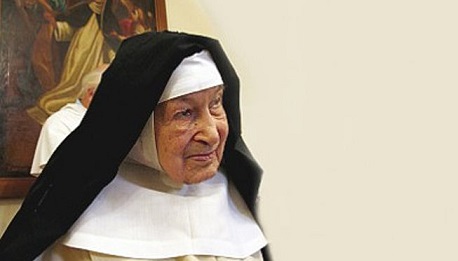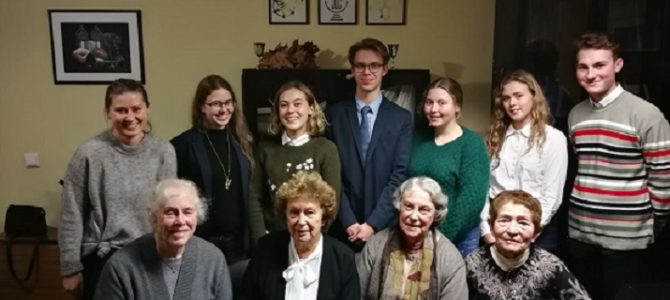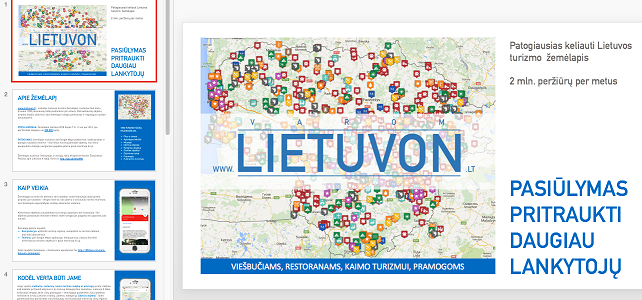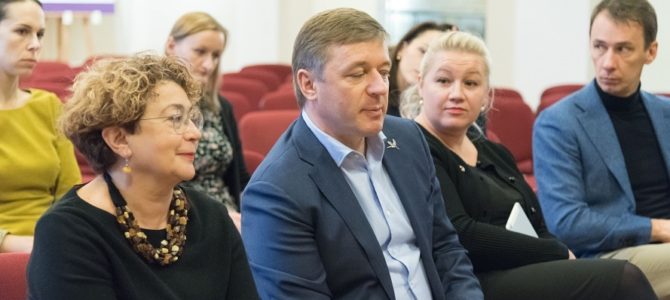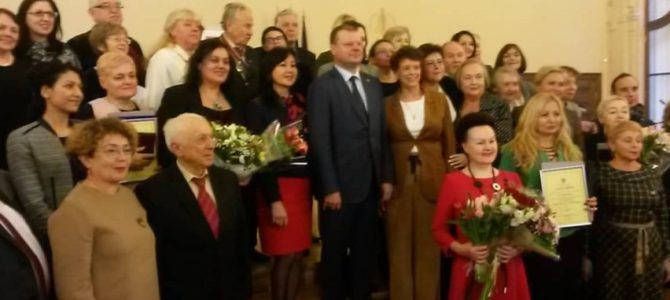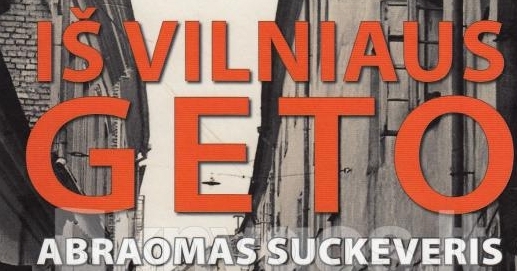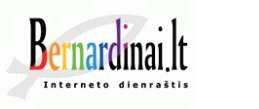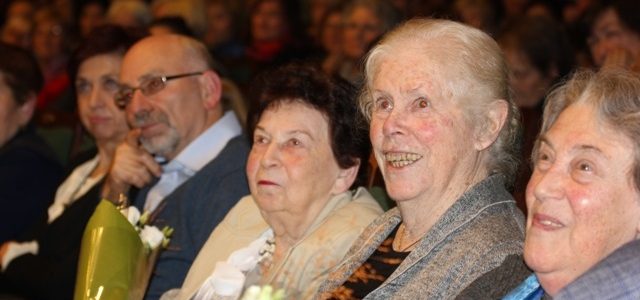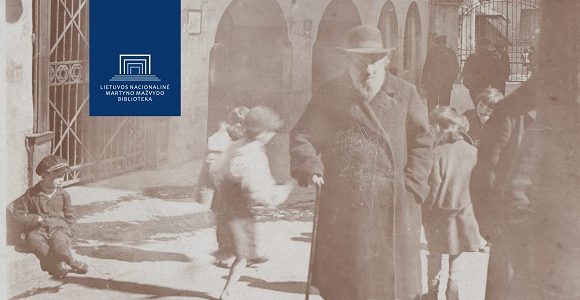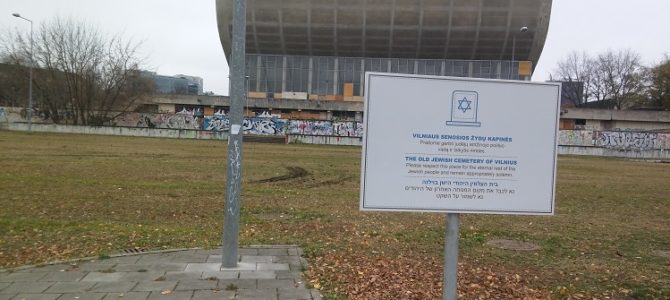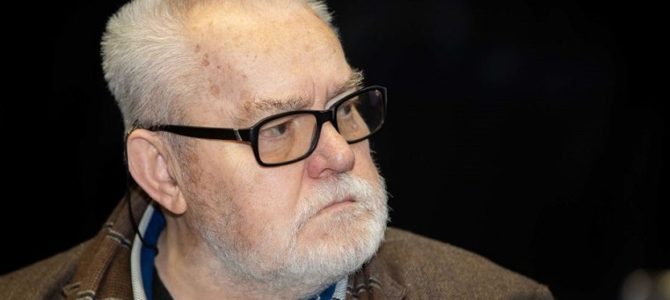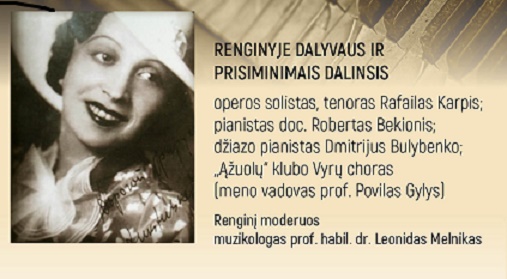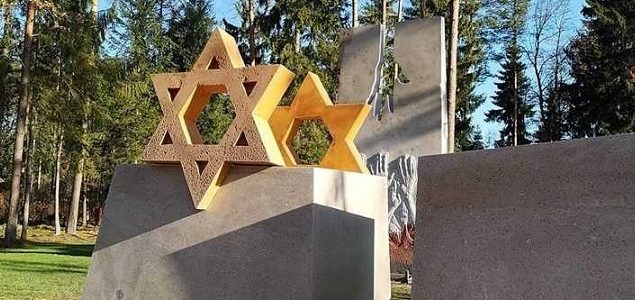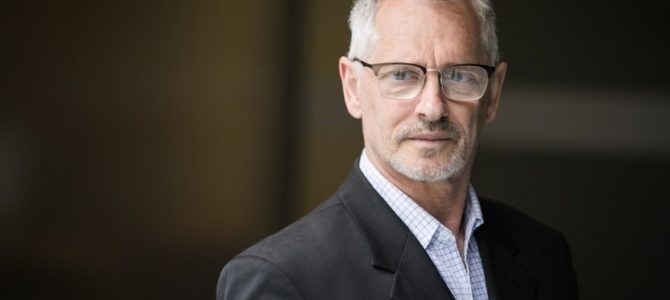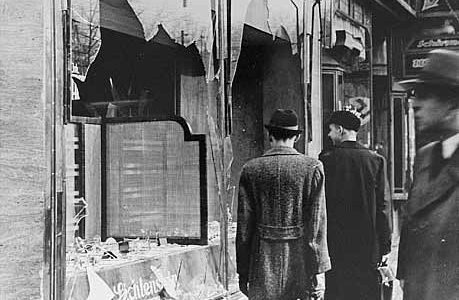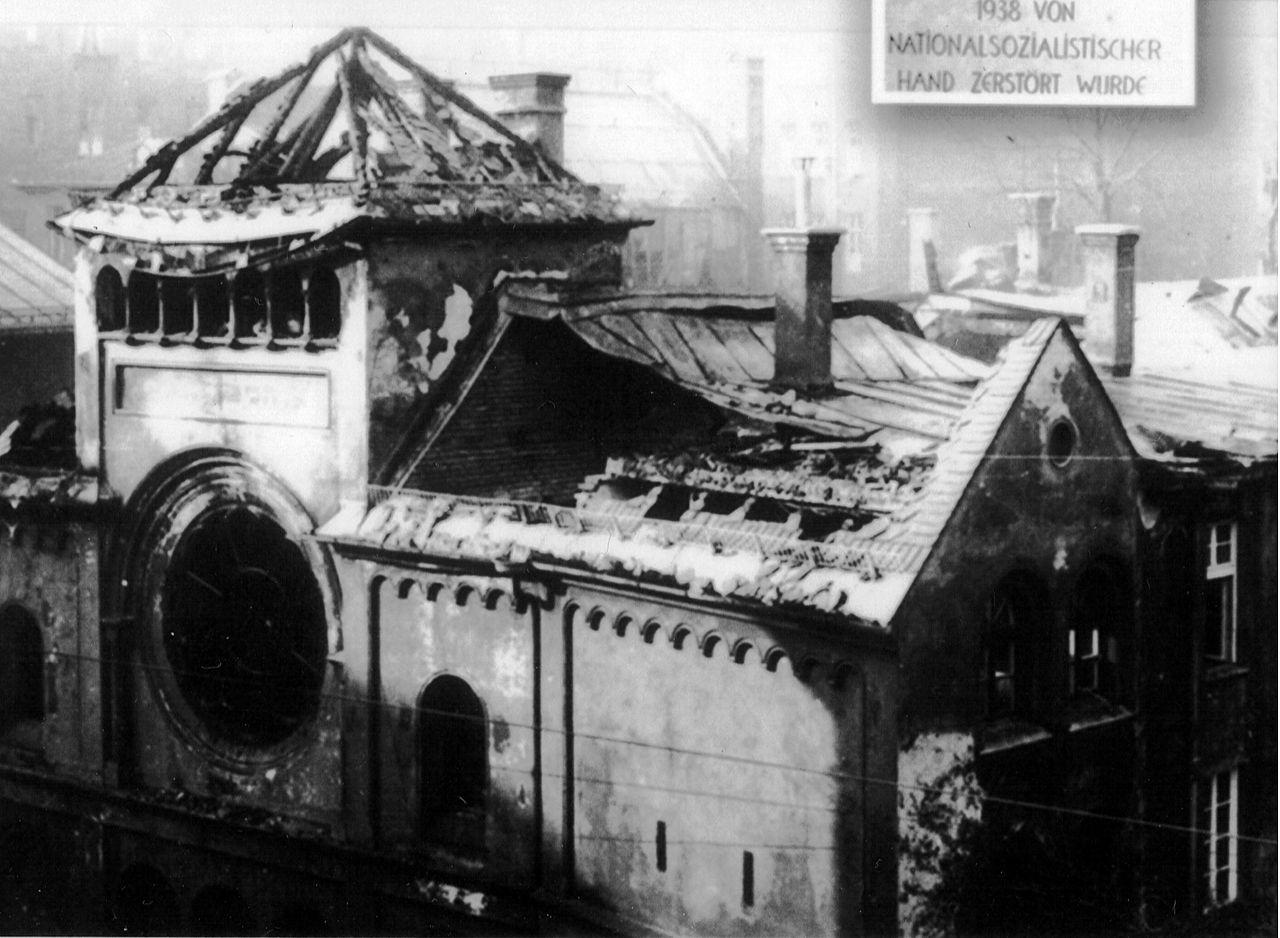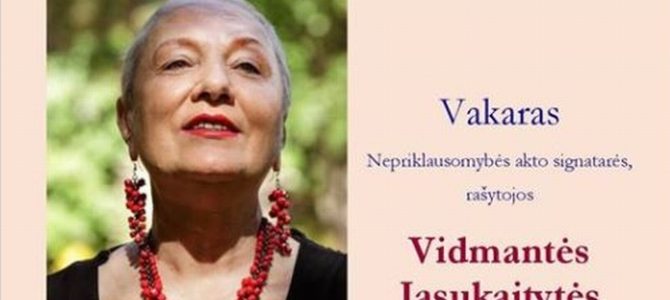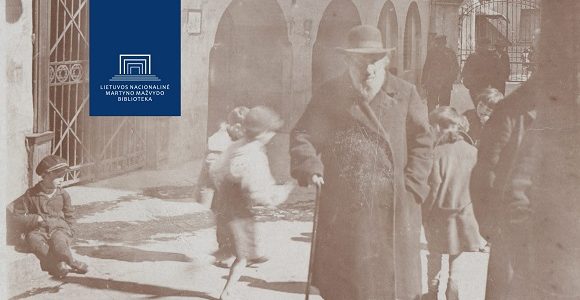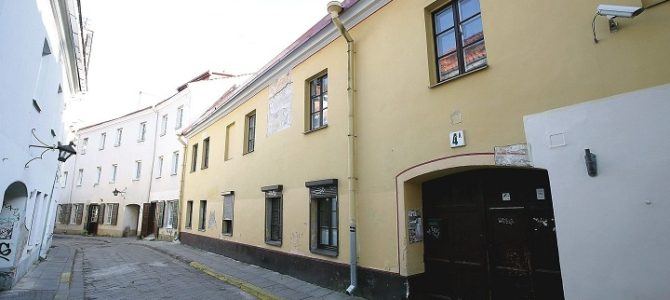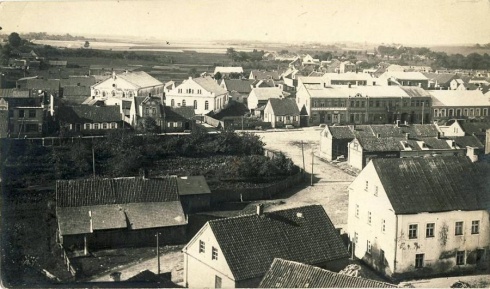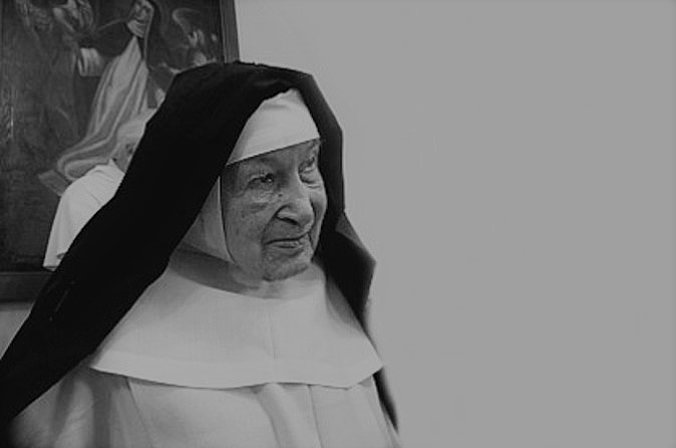
Sister Cecylia Maria Roszak passed away at a convent in Cracow on November 16 at the age of 110, the archdiocese of Cracow reported. She was probably the oldest Catholic nun in the world at the time of her death. She was also a Righteous Gentile who harbored Jews in Nazi-occupied Vilnius, including writer and partisan leader Abba Kovner.
Maria Roszak was born March 25, 1908, in Kiełczewo and joined the Dominican order at the Gródek monastery (named after an old fortification and now neighborhood, adjacent to the Church of Our Lady of the Snows) in Cracow at the age of 21. In 1938 she and several fellow nuns were sent to Vilnius, then Wilno under Polish control, or more precisely to Naujoji Vilna outside the city, where the order had a wooden house and chapel on five hectares of land and intended to set up a monastery under Anna Borkowska, aka Mother Bertranda. World War II cut short these plans.
Vilnius came under Soviet occupation and then Nazi occupation. During the Nazi occupation Roszak and fellow nuns under Mother Bertranda hid 17 members of the Jewish resistance at their convent, including future ghetto underground leader, partisan and writer Abba Kovner.


